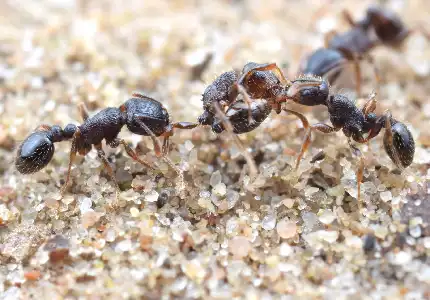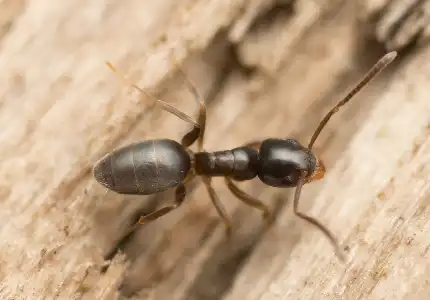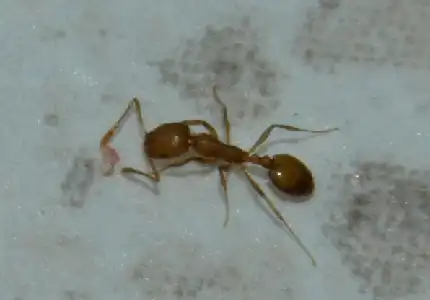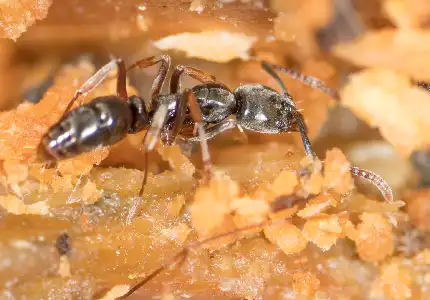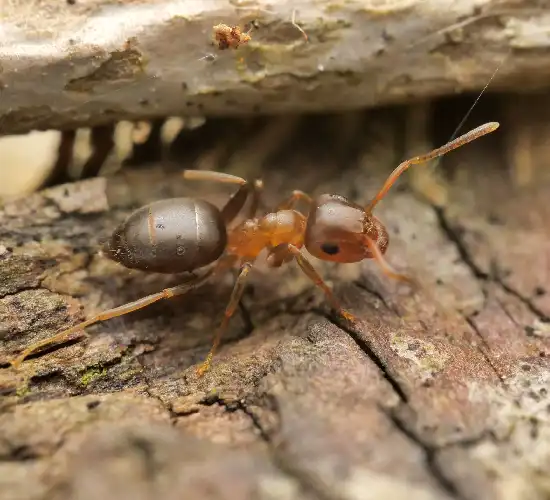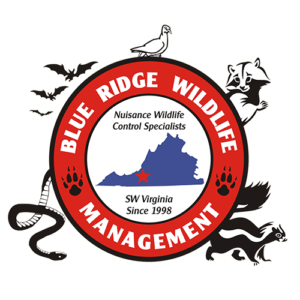
Ants in Virginia
Ant Life Cycle
Ants undergo complete metamorphosis, which means they go through four distinct stages of development: egg, larva, pupa, and adult. The queen ant is responsible for laying eggs, which are cared for by the worker ants. Depending on the species, the queen ant may lay a few dozen to several thousand eggs in her lifetime.
The eggs typically hatch into legless, grub-like larvae that are completely dependent on the worker ants for food and care. The larvae go through several molts before they enter the pupal stage. During the pupal stage, the ant undergoes metamorphosis and transforms into an adult ant.
The time it takes for an ant to complete its life cycle varies depending on the species and environmental conditions. For example, some ant species can complete their life cycle in just a few weeks, while others may take several months or even years.
In Virginia, the timing of the ant life cycle is largely dependent on the seasonal changes in temperature and precipitation. Ants are most active and reproduce during the warmer months, and many species will hibernate or become less active during the winter.
Ants are omnivorous insects, meaning that they eat both plant and animal matter. The specific diet and feeding habits of ants vary depending on the species, but most ants have a diverse diet that includes sugary substances, proteins, and fats. Many ants rely on a combination of food sources to meet their nutritional needs.
Sugar-loving ants, such as pavement ants and odorous house ants, are often attracted to sweet foods like nectar, honeydew, and fruit. They will also consume sugary substances found in human food, such as soda, candy, and syrup. Some ants have evolved special structures on their bodies to collect and transport sugary liquids back to their nests, such as the honey stomach in honey ants.
Protein-loving ants, such as carpenter ants, pharaoh ants, and Asian needle ants, have a diet that consists primarily of insects and other small invertebrates. These ants are often found scavenging on dead insects and spiders or hunting live prey like termites and other ants. They may also collect other sources of protein, such as plant material or seeds, to supplement their diet.
Ants have various feeding strategies, with some species being opportunistic feeders and others being more specialized. Some ants are active hunters, while others rely on scavenging or foraging for food. Many ants have evolved complex social behaviors, such as food sharing and recruitment, to maximize their foraging efficiency.

Do You Have a Ant Problem?
Learn more about our Ant Control Program or call us at (540) 776-1769



